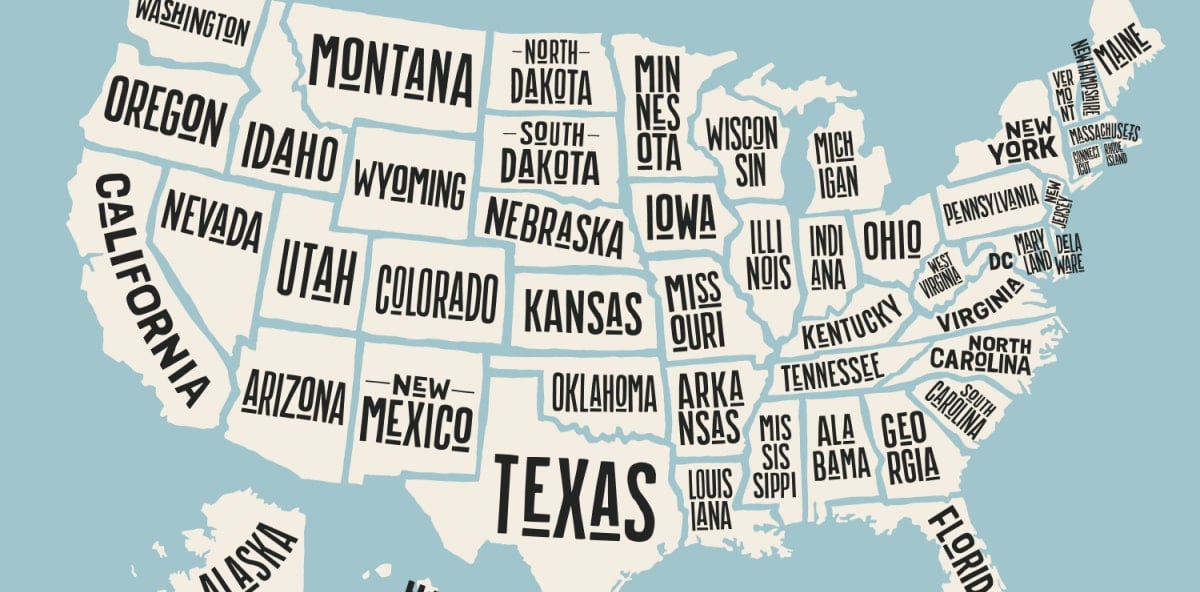

Workers' compensation insurance



Vendors like artisans, bakers, and concessionaires face unique risks, and often need insurance to appear at a venue. Learn how vendor liability insurance can protect your business and provide you...



Loss control refers to the process of taking proactive steps to identify and address potential risks in a business to reduce losses and support workplace safety. Insurance companies encourage the...


Landlords often require business owners to carry commercial lease insurance. Learn why you may need to purchase tenant insurance before signing a lease, and the types of coverage you may need to...



Workers' compensation covers the costs of work-related injuries and illnesses, like medical bills and lost wages. Here’s how workers’ comp insurance works, and what you need to know as a business...

For most small businesses, having a reliable team of employees is essential. But instead of hiring employees on a full-time basis, you might find that contingent workers, or temporary employees, are...




